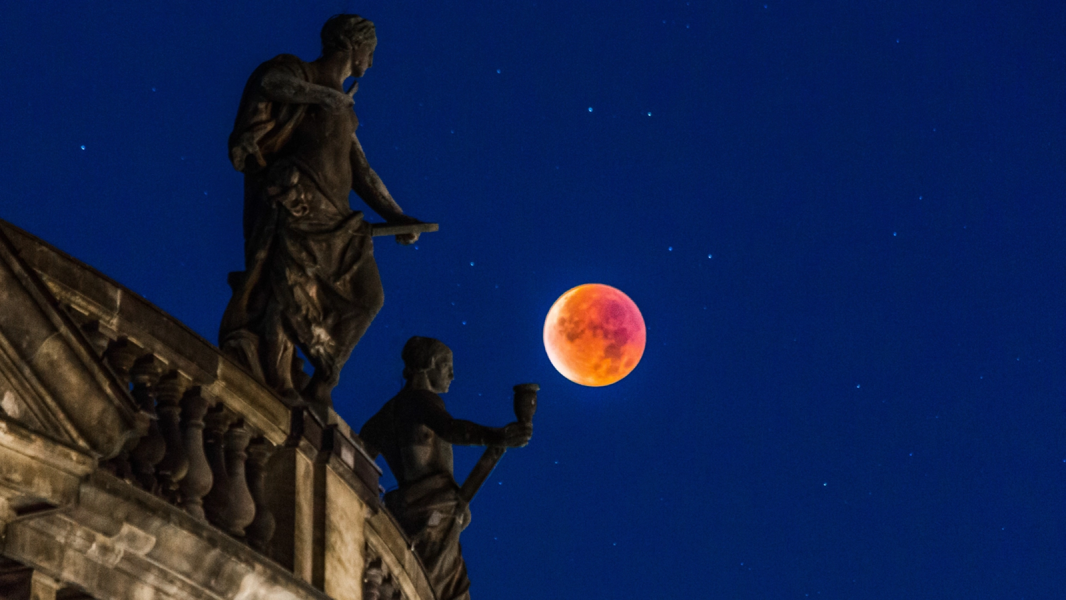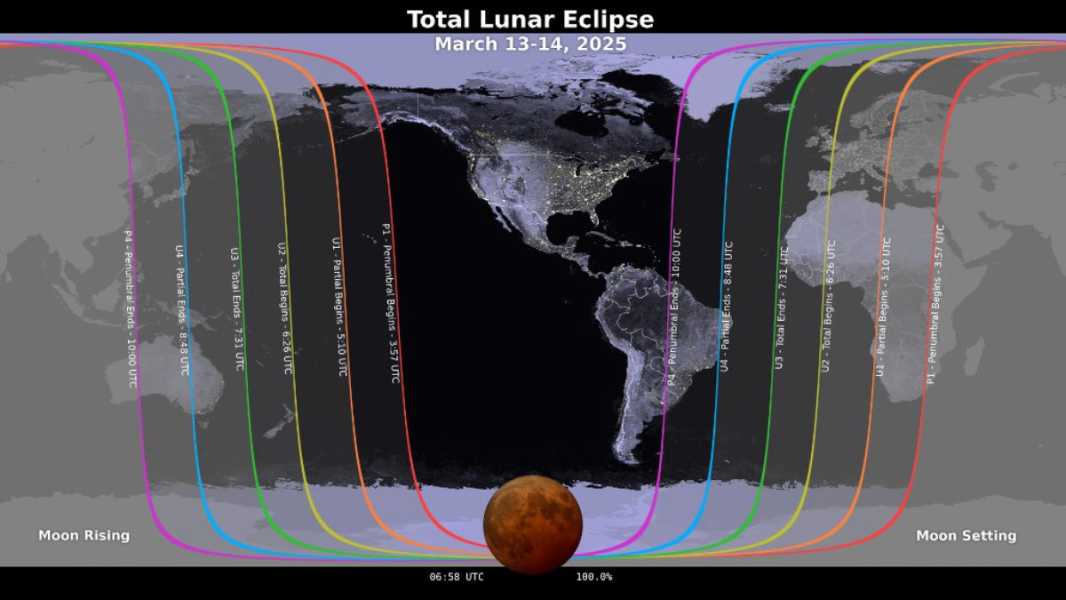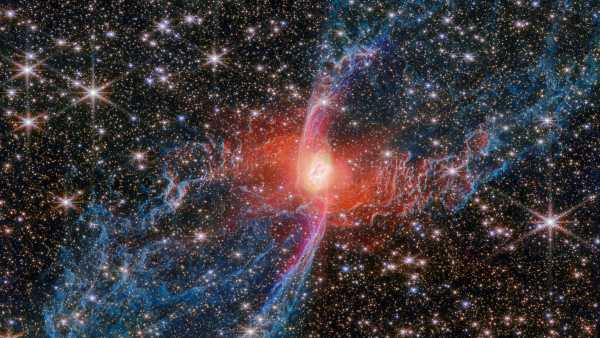
During the total lunar eclipse on March 13–14, 2025, the moon's surface will appear red for 65 minutes. (Image credit: HAGENS WORLD PHOTOGRAPHY via Getty Images) Jump to:
A total lunar eclipse will occur on March 13-14, 2025 — the first since 2022 — and will be visible only to observers on the night side of the planet. During this global event, which will occur simultaneously around the world, the surface of the Moon will take on a reddish hue for 65 minutes, a phenomenon often referred to as a “blood moon.”
Although the point of maximum eclipse will be in the Pacific Ocean, the best views will be from North and South America. Parts of Europe will be able to see a small part of the moon at sunset, while East Asia will be able to enjoy its rise.
You can follow all of the lunar eclipse events on our live lunar eclipse blog. We'll also be streaming the eclipse live on Space.com. More information on how to watch online will be released closer to the event date.
Unlike a solar eclipse, viewing the moon during a total lunar eclipse is completely safe. Not only is it safe, but it happens at a slower pace, lasting several hours. The event will begin between 11:57 p.m. and 6 a.m. ET (03:57 a.m. and 10 a.m. UTC) — a total of six hours — although the most interesting part, the total eclipse, will occur between 2:26 a.m. and 3:31 a.m. ET (06:26 a.m. and 07:31 a.m. UTC).
Where can you see the total lunar eclipse in March 2025?

Map showing where the lunar eclipse of March 13-14, 2025 will be visible.
Total Lunar Eclipse March 13-14, 2025
Sourse: www.livescience.com





